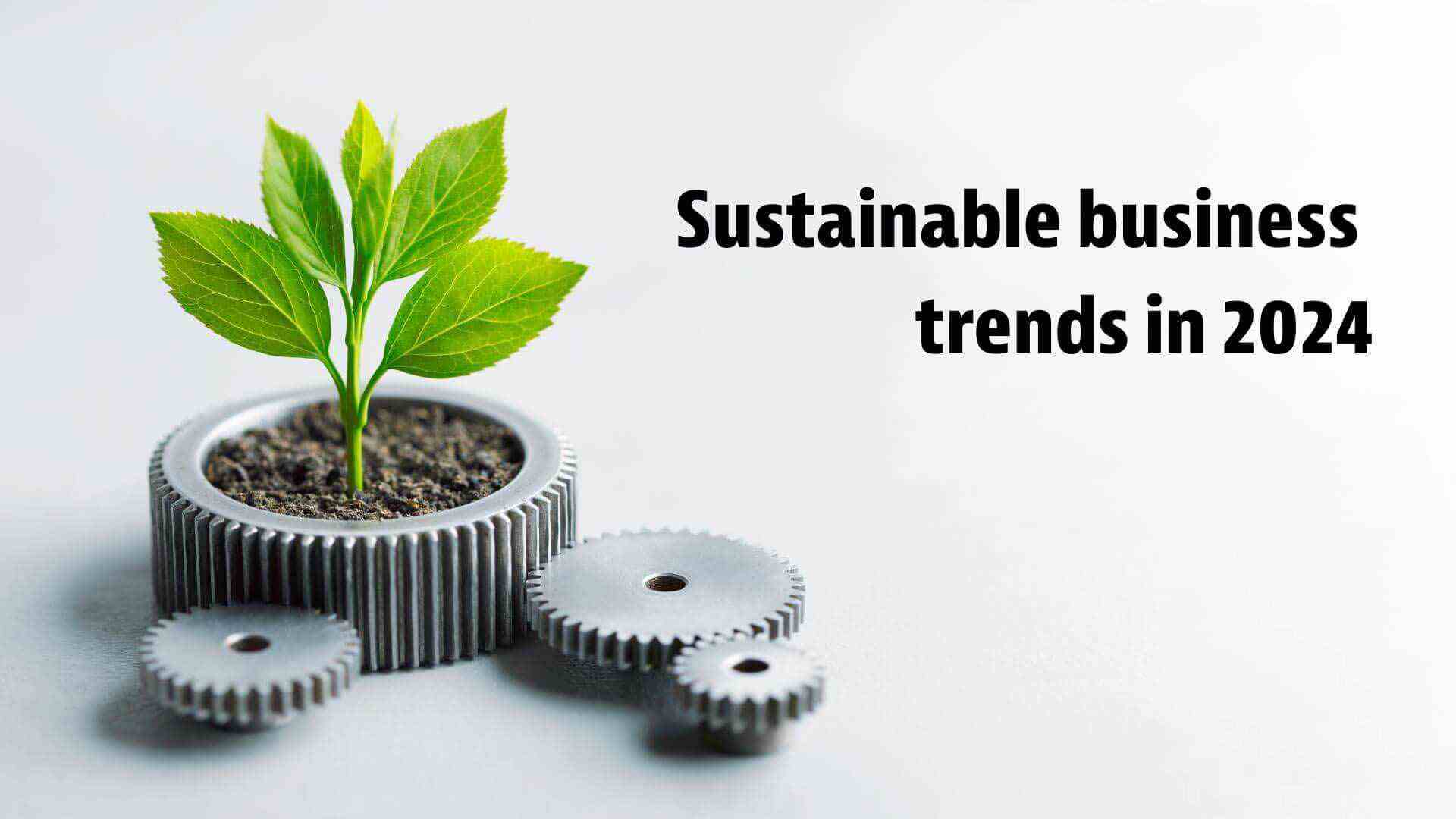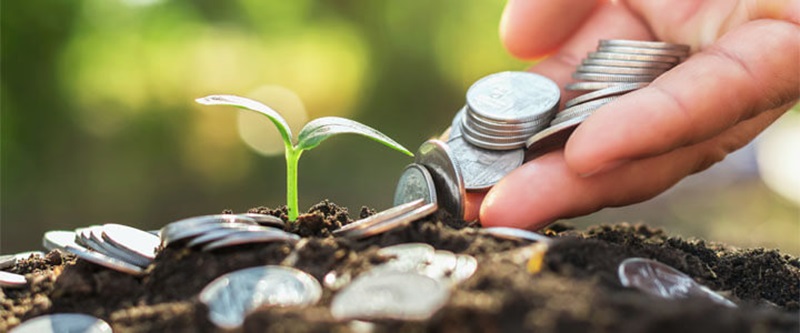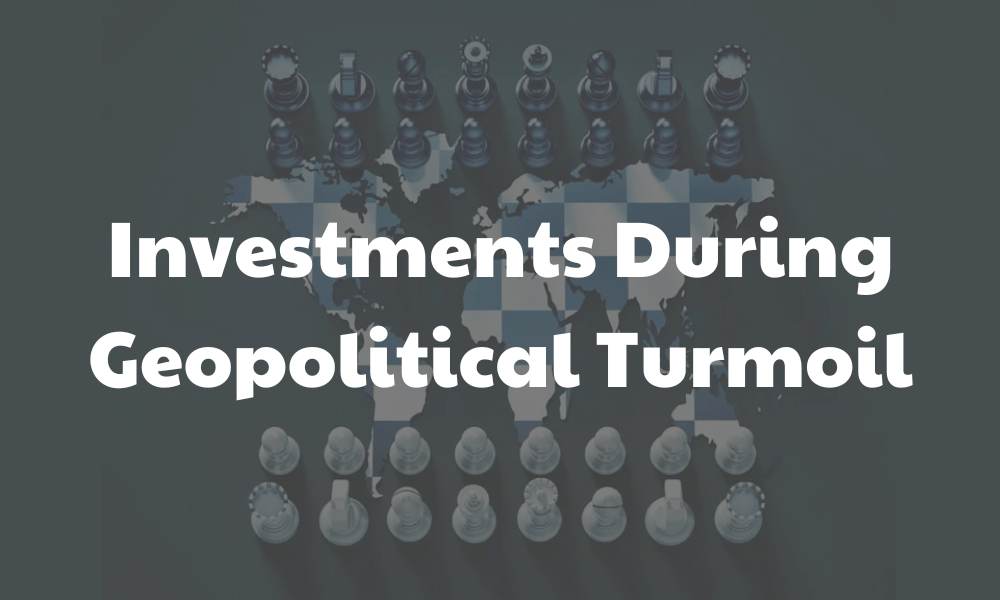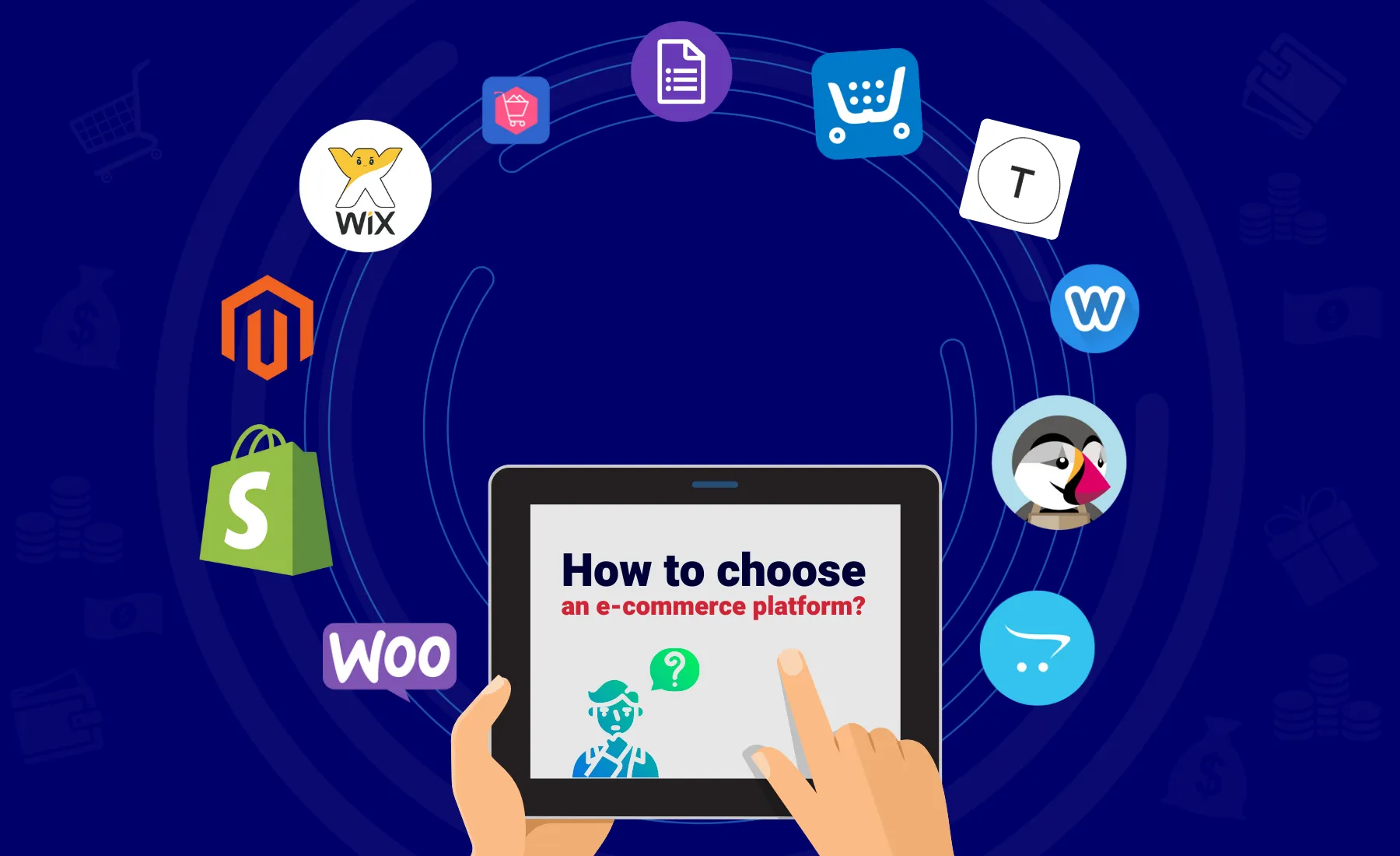Gone are the days when green was just a color. Today, the chatter in boardrooms across the globe is about new trends in sustainable business. It’s all about thriving with a green strategy that doesn’t just tick a box but fuels the entire company’s growth. Whether it’s reshaping business models to close the loop with the circular economy or pushing the envelope with innovations that redefine environmental responsibility, the race is on. We’re seeing businesses big and small lead this seismic shift. Let me take you on a journey through the cutting-edge practices that are setting the new green gold standard and how you can plant the seeds for a sustainable legacy in your business. Buckle up; the future is bright, and it’s decidedly green.
Embracing the Circular Economy: Business Models for the Future
Driving Principles of Circular Business Strategies
Think of a world where waste is a word of the past. This is a peek into what circular business does. Instead of make, use, toss, we make, use, then reuse. In the heart of all this lie three big ideas: cut waste, keep products alive longer, and use things in a loop.
Companies are changing their game. They’re looking at sustainable business practices 2023 and beyond. They ask, “How can we limit what we take and give back what we can?” That’s a circular economy. It’s a fresh way to do business with nature in mind.
Say we’re talking about eco-friendly innovation in business. What does that look like? Think of a chair. Made to last. When it’s old, it does not end up in a dump. It’s built to be made again into something new. Here’s where clean technology adoption steps in. Businesses invest in tech to make this reuse process smooth and smart.
Now, what about energy? It’s simple. Renewable energy use in business is key. Sun and wind power replace coal and oil. This cuts down on dirty air and helps our planet heal.
Success Stories: Companies Leading the Circular Transition
Some pioneers are out already. Showing the world how it’s done. They’re not small players either. Huge names are stepping up.
One case is a famous shoe brand saying no to waste. Through zero-waste policies for companies, they use old shoes to make new ones. What’s old is new again. Even their stores are run on wind and sun power.
Talking about sustainable supply chain management? Another big player, a phone-maker, gets it right. They dig deep into ethical sourcing strategies. They ensure what they make their products with does not harm the earth or the folks who help make them.
But this isn’t just about making things. It’s also about packing them in a way that’s kind. Sustainable packaging solutions mean less mess in our oceans and fields. Many businesses are ditching plastic for plant-based wraps that can break down like leaves in the fall.
The cool part is, this is just the start. Corporate sustainability strategies are on the rise. Every year we see more environmentally friendly companies. They know they must act now to win the hearts (and bucks) of folks who care for the earth.
Their stories tell us it’s not just good for the planet; it helps them shine as leaders. They stay true to a triple bottom line approach. That’s looking at people, planet, and profit all at once. Their win is everyone’s win.
So what’s next? Circular economy trends say we keep pushing. We keep designing things to last and then come back to us. We build green business models that last. We keep our air, water, and land clean. This is the future of business. And it’s coming up quick.
Innovations in Sustainability: Eco-friendly Practices Redefining Industries
Pioneering Renewable Energy Solutions in Corporate Spheres
Business today is buzzing with talk about clean energy. The world needs it. Companies hear it. They see clean energy as a must to grow and stay strong. More firms now use sun, wind, and earth to power their work. This is the core of being green. It’s not a trend. It’s smart business that also cares for our planet.
With every light switched on, companies can choose. Will they drain the earth or give back? Firms that pick sun and wind send a clear signal. They say, “We lead with actions, not just words.” Sun and wind power don’t just keep the lights on. They light the way to a future where we all win.
Turns out, going green can mean more green in the bank too. Solar panels and wind turbines cut costs over time. They offer cleaner, cheaper power for all we do. This is what we call eco-friendly innovation in business. It’s where new ideas meet old truths about how to treat our world right.
It’s a kind of energy revolution. And I’ve been on the front lines. I’ve seen firms of all kinds – big and small – make the switch. They’re crafting new paths with renewable energy use in business. It’s about finding what works and making it better.
Smart firms don’t stop with energy. They look at everything they do. They ask, “How can we close the loop?” This brings us to the heart of circular economy trends. This means using less, wasting nothing, and reusing more.
Case Studies: Zero-Waste Champions
I love a good story, especially one that’s real. Zero-waste heroes are making their mark. They show how less waste drives more growth. Such tales are not just good to hear. They teach others too.
Let’s talk shop. Zero-waste policies for companies are no small task. They’re like a puzzle. Each bit fits together to slash trash. And when businesses cut waste, they often find they save cash too. Zero-waste moves build brands that folks trust and respect.
I’ve walked the floors of factories turning scraps back into raw goods. I’ve seen offices where nothing hits the trash can — everything gets a second life. This is what we mean by zero-waste champs. They’ve set out to leave the earth as they found it, or even better.
Imagine a world where all businesses think this way. They’d compete not just to sell more, but to waste less. This is the future of smart, sustainable business practices. And it’s taking off right now, in 2023.
Sure, it’s about doing the right thing. But it’s also about being sharp. Firms that cut waste win more fans, and that means doing better business. These stories of triumph don’t just warm the heart. They show others the way.
It’s clear: green is not just a color — it’s a mission. And I’m pumped to see where it takes us next!
ESG Investment and Corporate Responsibility: A Financial Perspective
Growth of ESG Investment: Trends and Opportunities
Today, big money flows to green efforts. It’s clear that a company’s care for people and the planet hugely sways investor choices. This movement is known as ESG investment, which stands for environmental, social, and governance. People now look at these factors before they put their cash in a company. The trend is growing fast. In fact, many folks are choosing ESG investments over other kinds. Why? Because they get money back while doing good. This is smart investing!
With ESG, companies must show how they make a positive impact. They need clear plans. These might include cutting down on waste or using clean energy. Investors love this. They want to see that businesses are not harming our Earth. They also look at how companies treat their workers and if they play fair in business.
Social Responsibility: Ethical Practices That Shape Brand Image
Let’s chat about how companies act. It matters a lot. Both shoppers and workers care about who they buy from or work for. If a company is honest and cares for its folks, people take note. A company that looks out for its workers, buys goods fairly, and gives back to the community stands out. They shine brighter than those who don’t.
Social duty in business is a must these days. If companies ignore it, they lose out. People talk. And if folks hear bad things, they walk away. Simple as that. But if they hear good stuff, they stay loyal.
Making sure a business runs in a clean and fair way takes work. It needs a strong plan. This plan must show how the company will help people and our world. Having such a roadmap can make a company a star. It draws in customers and staff. Plus, it gets the thumbs up from investors. This is a win for everyone.
So, here’s the scoop. Big money now backs companies that are good for our planet and its people. ESG investments are hot. They’re not just a passing fad. No, they’re here to stay. Businesses that don’t catch this wave will miss out, big time. But those who do, they do well by doing good. Remember, kindness pays off. Investing in a kind world is the smart move now. It’s clear as day – green is the way to go.
The Green Blueprint: Design and Development for a Sustainable World
From Concept to Market: Creating Sustainable Products
When we talk about making new things today, we think green. You know, like the color of trees. We want cool stuff that doesn’t hurt our planet. Every step counts. From the first idea to the thing you buy in a store. The buzz word is “sustainability.” But it’s not just a buzz word—it’s a must.
Let’s break this down with a real question. How do companies create products that are good for the environment? First, they think about what they’re using. Are these materials kind to our earth? And can they be used again? This is key in a world that throws too much stuff away. Next, they think of energy. Using sun or wind power is like a high-five to Mother Nature.
But wait, there’s more. They have to make sure nothing goes to waste. And if we can use the leftovers? It’s like giving the earth a giant hug. Finally, they need to check that the way they make things is clean and fair. No dirty tricks, no being mean to people who make our stuff. Oh, and let’s not forget, they must say “bye-bye” to too much packing stuff. We need just enough to keep things safe.
So you see, making green things is like a big puzzle. Each piece needs to fit just right. It’s not always easy, but it’s so worth it. And guess what? People like you and me love this. We want to buy stuff that doesn’t make us feel bad. It’s a win-win, really.
Biophilic Design in Workspaces: Prioritizing Well-Being and Nature
Now, let’s chat about where we work. We spend lots of time in our offices. Shouldn’t they make us happy and healthy? Yes! So here comes “biophilic design.” It’s a fancy term for a simple idea: Bring nature inside.
Imagine this: Plants around your desk, light that feels like the sun, fresh air, and spaces that make you think of a walk in the park. Isn’t that better than gray walls and buzzing lights? You bet! And science says it makes us work better, feel calmer, and even get along with others more.
Companies are getting smart about this. They’re seeing that when their teams feel good, they do great work. It’s like nature’s helping us all be our best. Plus, when clients visit, they think, “Wow, this place is different.” And different is good when it’s about feeling good.
Here’s another cool thing. When we feel close to nature at work, we want to take care of it more. So, we turn off lights we don’t need, we print less paper, and we think twice before we waste. It’s like a circle. Nature makes us want to do better by nature.
In the end, good vibes and green thinking can change our world. It’s not just about saving energy or using less. It’s about making places where we can all thrive. Because when we’re happy, healthy, and in sync with our planet, we make waves—good waves—in everything we do.
In this post, we dove into how businesses are crafting a greener future. We saw core truths that guide circular economy models and real examples of companies making huge strides. We then checked out eco-friendly breakthroughs shaking up various fields, with a nod to those who’ve crushed the zero-waste challenge.
Next, we unpacked ESG investing and found out why both money and morals can mix for a better world. We wrapped up imagining a world built with the planet in mind, from the drawing board to our offices filled with greenery.
What sticks with me is clear: Companies can lead the charge in making our shared home a better place without giving up growth or innovation. And that’s pretty amazing. By putting smart, Earth-friendly ideas into action, we’re not just banking on a better bottom line—we’re investing in a bright, sustainable future for us all. Let’s keep pushing for eco-smarts in every corner of our lives!
Q&A :
What are the emerging trends in sustainable business practices for 2023?
With a continuous focus on environmental consciousness, businesses are embracing innovative trends to enhance their sustainability. Companies are increasingly investing in renewable energy sources and adopting zero-waste policies. Additionally, the integration of circular economy principles, where waste is minimized by reusing and recycling resources, is gaining traction. The use of eco-friendly materials and supply chain transparency is also becoming more prevalent.
How are new technologies influencing sustainable business models?
Technological advancements are playing a critical role in the development of sustainable business models. The use of Artificial Intelligence (AI) and the Internet of Things (IoT) for better resource management, and blockchain for ensuring traceability and transparency, are notable trends. Moreover, green technologies are providing opportunities for businesses to reduce their carbon footprint and increase energy efficiency.
What role does corporate social responsibility (CSR) play in the latest sustainable business trends?
Corporate social responsibility has become a cornerstone for businesses looking to align with the latest sustainable trends. Companies are not only aiming for environmental impact but also socially inclusive practices, community engagement, and ethical governance. Through robust CSR programs, businesses are enhancing their brand reputation, customer loyalty, and securing a competitive advantage in their respective industries.
In what ways is consumer behavior driving new trends in sustainable businesses?
Consumer behavior is a significant driver of sustainability trends as a growing number of customers are demanding eco-friendly products and services. The increased awareness of environmental issues leads consumers to support companies with strong sustainability records. This shift in behavior is encouraging businesses to invest in sustainable packaging, carbon-neutral shipping options, and products made from sustainable sources to meet consumer expectations.
Can you identify best practices for companies looking to adopt sustainable business trends?
For companies looking to stay ahead in sustainability, adopting best practices is crucial. These include conducting regular sustainability audits, setting clear and measurable sustainability goals, and engaging stakeholders in sustainability initiatives. Transparency in reporting sustainability efforts and progress is also essential. Finally, fostering a culture of sustainability within the organization encourages innovation and commitment to sustainable business practices.






